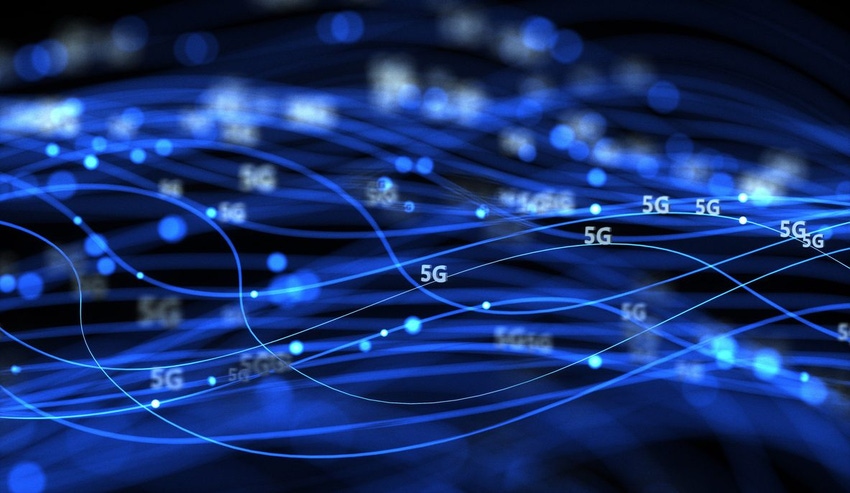US telco giant AT&T aims to capitalise on the growth of hybrid working with the launch of a wireless WAN service.
May 19, 2022

US telco giant AT&T aims to capitalise on the growth of hybrid working with the launch of a wireless WAN service.
Called AT&T Managed Wireless WAN, it’s a fully-managed, plug-and-play service that’s billed on a monthly basis with no up-front costs. It therefore lends itself to companies that want to quickly and reliably connect a new site, in some cases perhaps only temporarily. Think remote locations, construction sites, events, home workers, or a new satellite office that hasn’t had a fixed-line installed yet, and so-on. And because it can use 5G – where available – it can support demanding applications like HD video streaming or large file transfers.
“The workforce is continuing to evolve, and having the right tools is essential to a business – no matter where the business is getting done,” said Will Eborall, assistant vice president of product marketing management, AT&T. “AT&T Managed Wireless WAN provides flexible connectivity using the latest LTE and 5G technology devices to deliver a consistent and reliable network experience that’s fully managed, helping to transform how organisations can generate revenue, streamline operations and serve customers.”
Underpinning the service is Ericsson-owned Cradlepoint’s NetCloud service and wireless edge devices, which are installed and operated by AT&T technicians.
“Now business can get all the agility, security and reliability advantages of cellular WAN technology – wherever they need it – without any of the challenges that go along with deploying and managing a new infrastructure,” said Cradlepoint’s chief marketing officer Tom Krautkremer.
It will be interesting to see whether this new service cannibalises AT&T’s existing fixed-line managed WAN customer base. The telco said itself that it can take weeks or even months for a network provider to install a traditional wired line. In addition, new use cases like hybrid working and extended reality (XR) require more flexible, agile connectivity which are, as AT&T says, “beyond the reach and limitations of traditional wired network connections.”
Such is the march of progress though, and on a related note, it also emerged in a Light Reading report this week that AT&T is running proof-of-concept (PoC) tests of Open RAN technology. CTO Andre Fuetsch is being tight-lipped about when it might begin rolling out on the telco’s network, but it expects to start with small cells and private mobile networks before shifting to its macro network.
It comes AT&T embarks on a massive upgrade to its mobile and fibre networks that will cost $48 billion over the next two years and then $20 billion a year thereafter.
About the Author(s)
You May Also Like








.png?width=300&auto=webp&quality=80&disable=upscale)


_1.jpg?width=300&auto=webp&quality=80&disable=upscale)


.png?width=800&auto=webp&quality=80&disable=upscale)